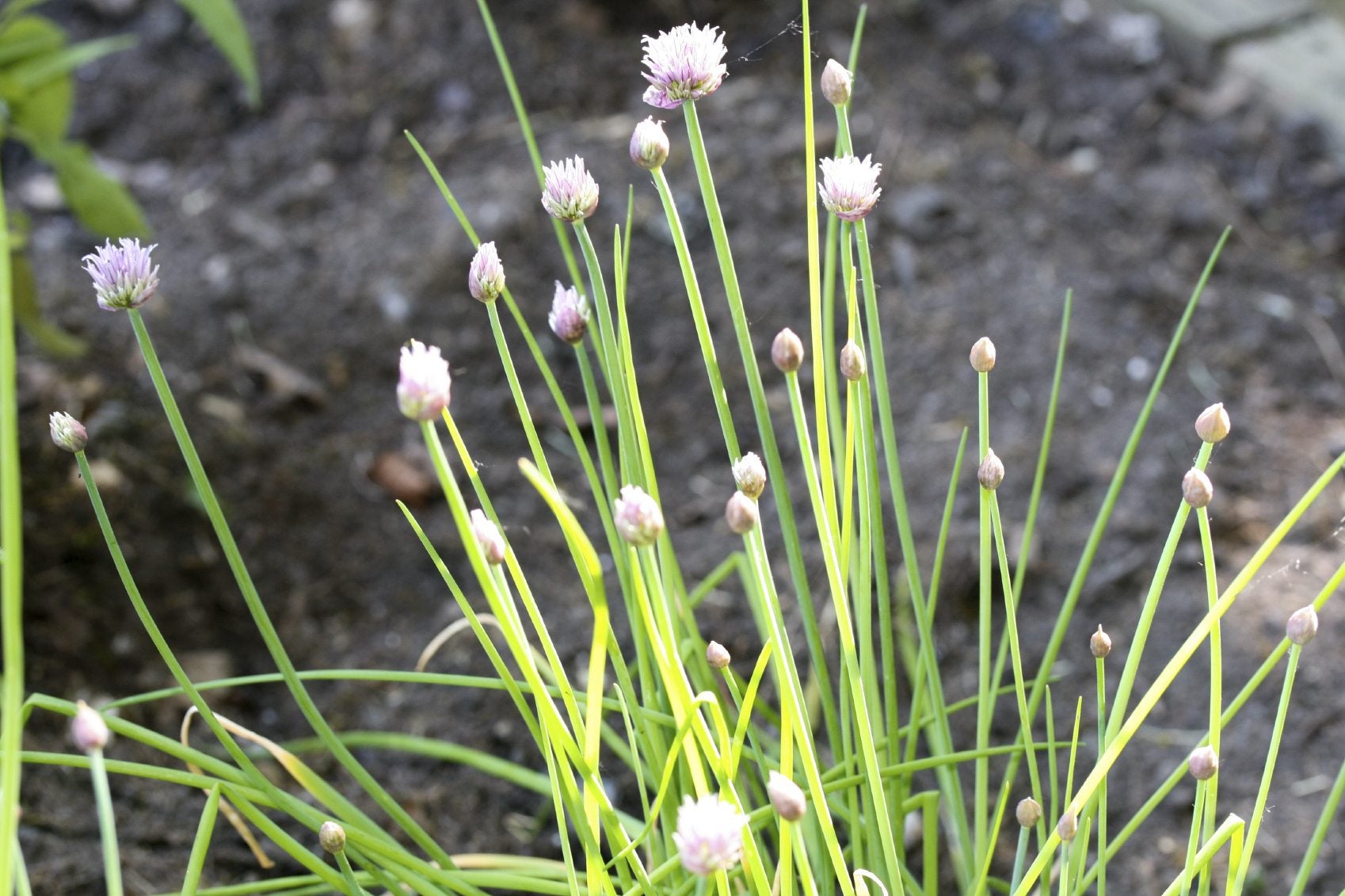Controlling Chives: Tips On Ridding Lawns Of Chive Plants


Chives are low-maintenance denizens of the herb garden, and they’re handy when you want to snip a few for use in recipes or topping baked potatoes. The only problem is that these easy-to-grow plants aren’t always well-behaved and before you know it, they can escape their boundaries and pop up in places where you don’t want them – including your well-tended lawn. Read on for helpful tips for controlling chives and ridding lawns of chive plants.
How Do You Get Rid of Chives?
If chives are spreading in lawns, you’ll need to implement a two-pronged approach because chives are spread by both seeds and underground bulbs. To prevent the plant from going to seed, remove all of the blooms before they wilt – or better yet, mow or trim them before they have a chance to bloom at all. Removing the chive bulbs requires digging – a lot. A thin trowel or similar tool is best for digging bulbs in grass, and you may sacrifice a small amount of grass to get rid of the chives. Water the area the day before to soften the ground. Don’t attempt to pull the plants because the tiny bulblets will break off and spread. Be persistent and continue to dig as soon as new plants appear.
Controlling Chives with Chemicals
Chemical herbicides aren’t always effective against chives because of the waxy coating on the leaves. However, many gardeners find that products containing 2,4-D are effective against chives, and this chemical is safe to use on most – but not all – types of grass. Be sure to read the label carefully before spraying your lawn to prevent serious damage caused by using the wrong product. Ridding lawns of chive plants may require several applications. Now that you know how to better manage this plant, growing chives in the garden can become a less frustrating process.
Sign up for the Gardening Know How newsletter today and receive a free copy of our e-book "How to Grow Delicious Tomatoes".

A Credentialed Garden Writer, Mary H. Dyer was with Gardening Know How in the very beginning, publishing articles as early as 2007.